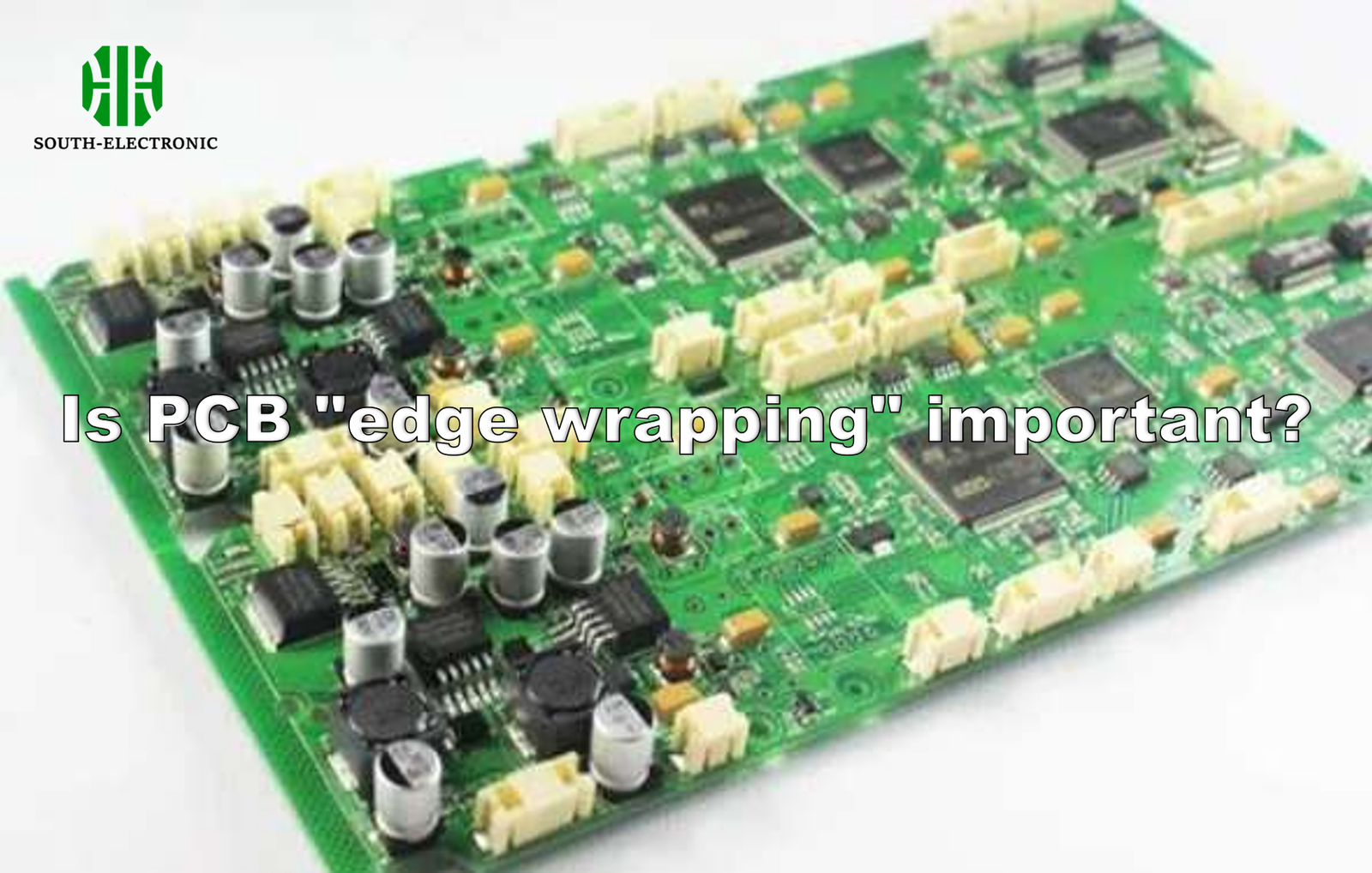Amid the increasing miniaturization and sophistication of modern electronic devices, PCBs serve as the support and interconnecting core of electronic components. Every detail of their design and manufacturing process is crucial. "Edge wrapping," as a technical term, plays a crucial role in ensuring PCB reliability and extending its lifespan. This article will explain the meaning of PCB edge wrapping and its practical benefits.
PCB Edge Wrapping
PCB edge wrapping, also known as edge plating, edge coating, or edge protection, is a specialized treatment technique used in PCB production. Specifically, it involves applying a thin layer of metal (commonly tin, nickel, gold, etc.) or insulating material to the outer edges of the PCB (i.e., non-wiring areas) through chemical deposition, electroplating, or other methods. This additional layer of coating is not limited to the board edges; it sometimes extends to the edges of drilled holes to enhance structural integrity and electrical performance.

What is the purpose of edge wrapping?
-
Preventing Corrosion and Oxidation: During use, PCB edges are susceptible to corrosion or oxidation due to environmental factors such as humidity and temperature fluctuations, especially in areas not fully covered by copper foil. Edge coating creates a barrier that effectively isolates the PCB from the external environment, reduces the risk of corrosion, and extends the lifespan of the PCB.
-
Enhancing Mechanical Strength: Edge coating significantly improves the impact and abrasion resistance of the PCB edge. Especially in applications subject to frequent plugging and unplugging, vibration, or bending, edge coating effectively prevents edge cracking or copper foil peeling, maintaining the structural stability of the circuit board.
-
Improving Solderability and Connectivity: For PCBs requiring edge connections or plug-in installation, edge coating provides a smoother, more uniform, and easier-to-solder surface. Tin or gold plating, in particular, can significantly improve soldering quality and reliability.
-
Electromagnetic Shielding and Signal Integrity: In high-frequency circuit design, edge coating can also provide a certain degree of electromagnetic shielding, reducing external interference and protecting sensitive signals from being affected. This is particularly critical for improving the performance of the entire electronic system.

- Aesthetics and Identification: While not a primary function, in some cases, a specific color or material can serve as a visual identifier or distinguish different versions of a product, enhancing its recognition.
In summary, while PCB edge treatment is a minor detail, it plays an indispensable role in ensuring the long-term stable operation of electronic products and improving their overall quality. With the continuous advancement of electronic technology and the increasing demand for product reliability, edge treatment technology is also evolving, adopting more environmentally friendly and efficient materials and techniques to meet the higher standards of future electronic devices. Understanding and valuing the significance of PCB edge treatment is crucial for enhancing product competitiveness for electronic engineers, manufacturers, and even end users.



